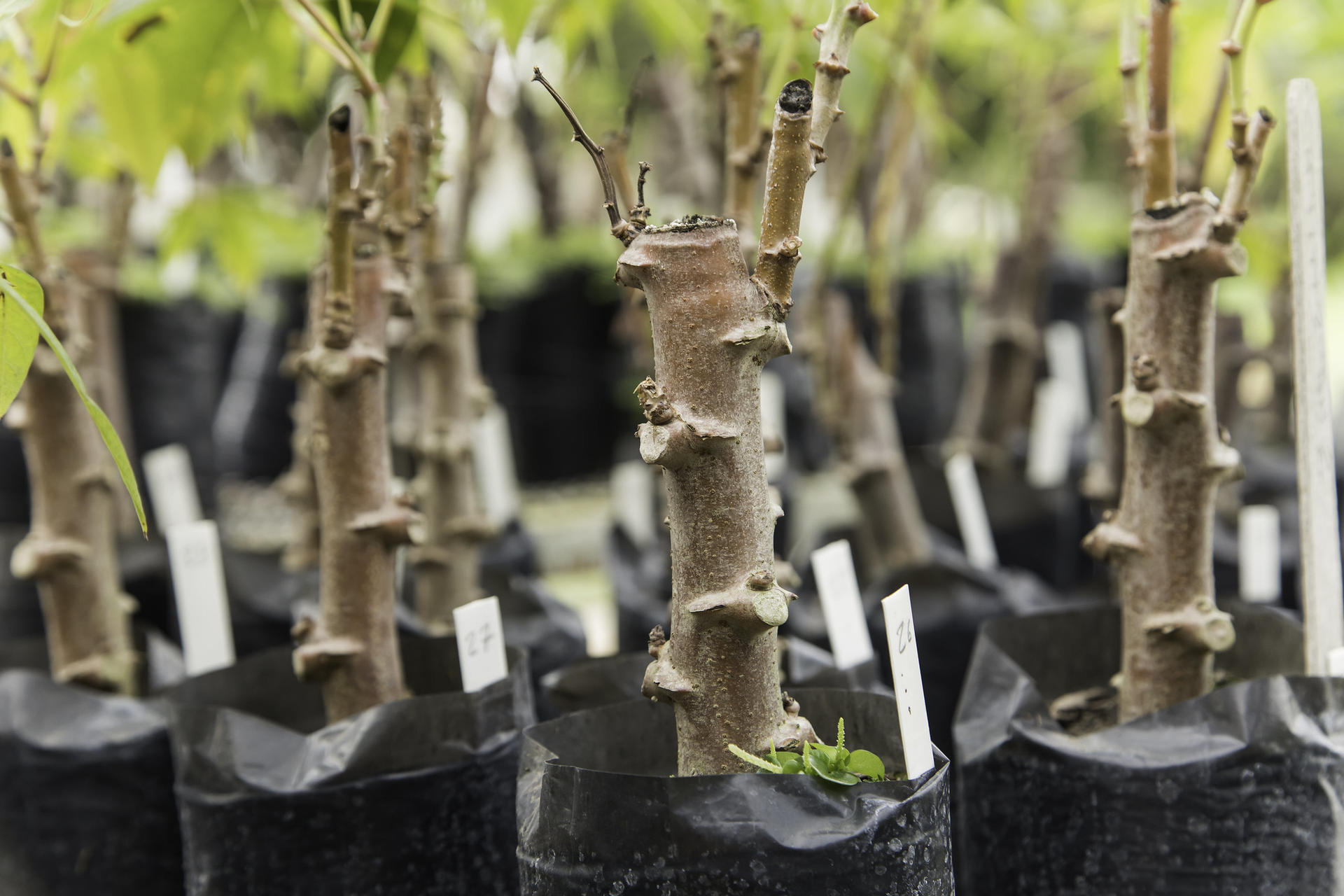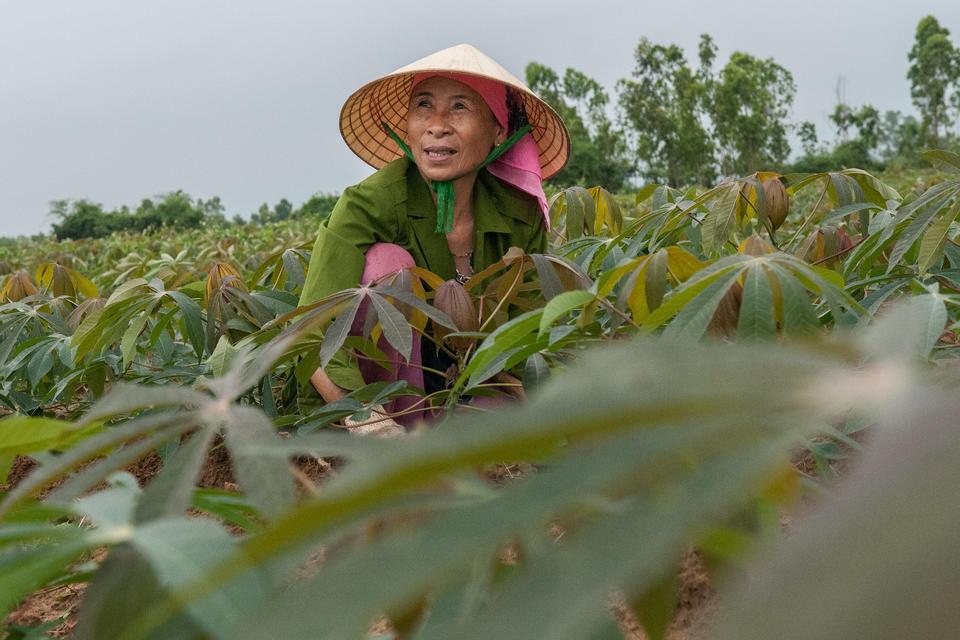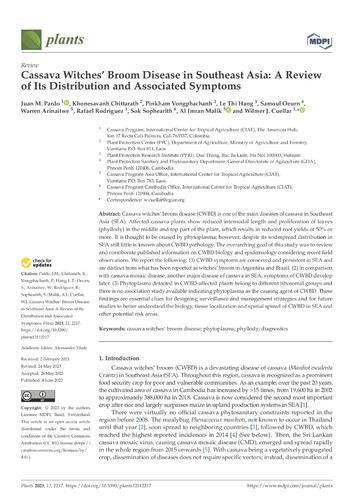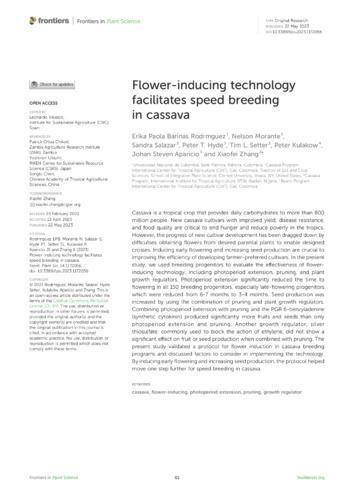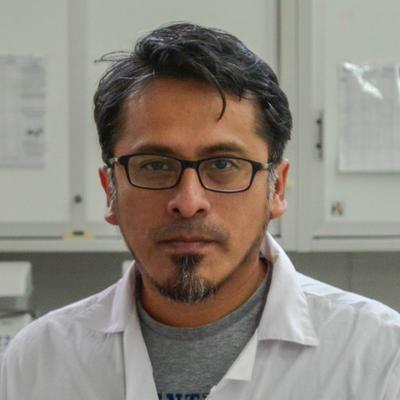
To improve the livelihoods of cassava-growing smallholder farmers and their communities, the Alliance Cassava Program co-develops innovative solutions for specific regions, farming systems, and markets that boost farm productivity, enhance consumer benefits, and drive sustainability throughout the value chain. How? Explore below.

